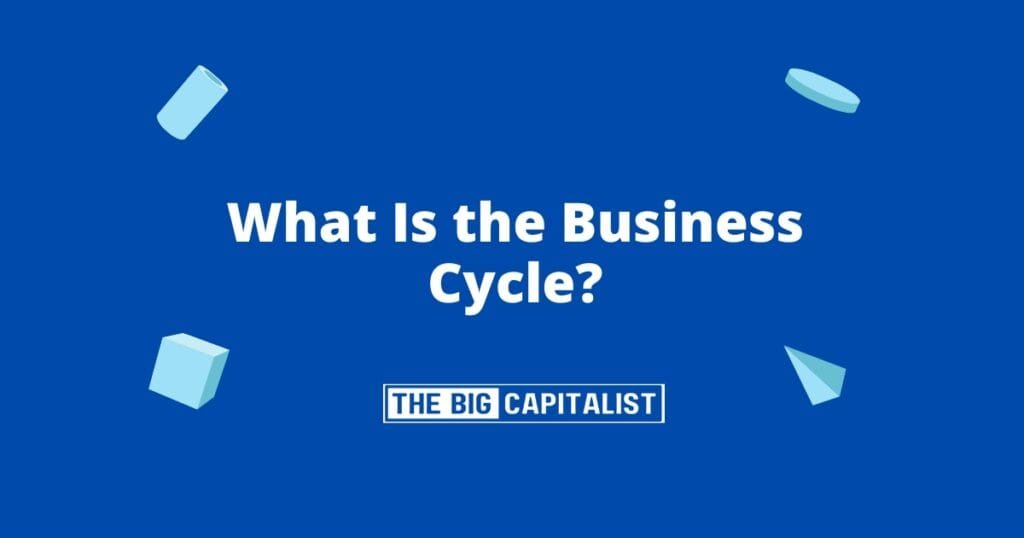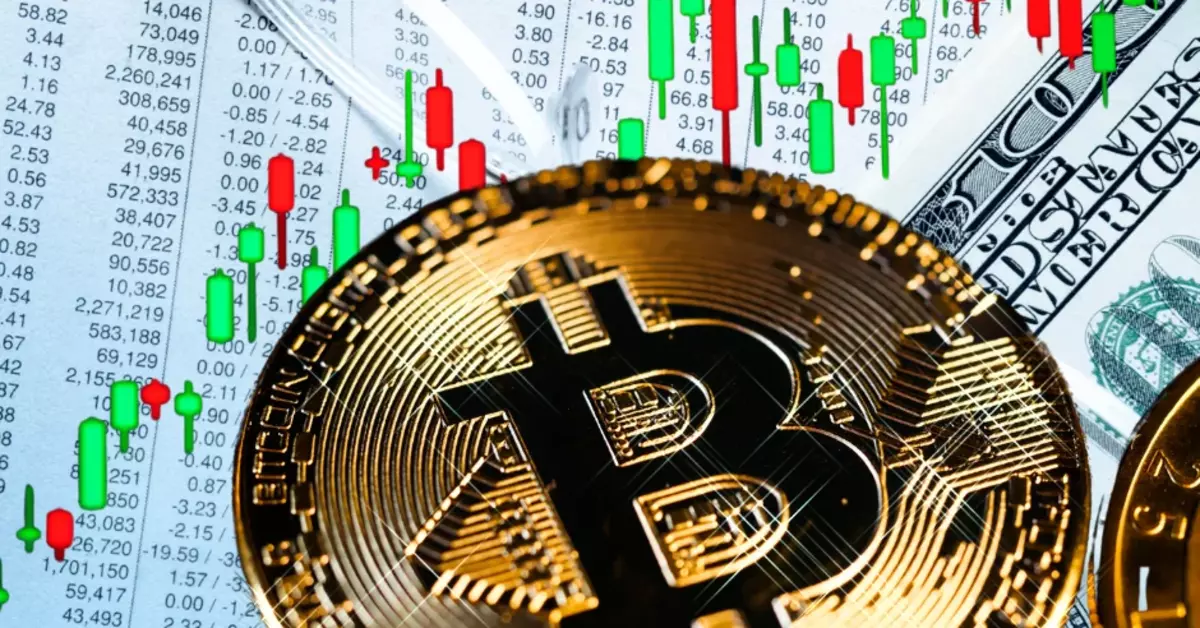The Business Cycle is a fundamental concept in economics. It’s a pattern of economic fluctuations that occurs over time.
But what does it really mean? And why is it important?
The Business Cycle represents the rise and fall of economic activity. It’s a cycle of expansion and contraction that every economy experiences.
Understanding the Business Cycle can help predict market trends. It can guide decisions on investments, business planning, and inventory management.
In this article, we’ll delve into the Business Cycle. We’ll explore its phases, its impact on market trends, and its relationship with inventories.
Join us as we unravel the complexities of the Business Cycle. Let’s discover how it shapes our economy and influences our business decisions.
The Four Phases of the Business Cycle
Every Cycle consists of four distinct phases. These phases are expansion, peak, contraction, and trough.
Each phase has unique characteristics affecting the economy in different ways. By identifying these phases, we gain insight into economic conditions.
During the expansion phase, the economy grows and prospers. Production, employment, and consumer spending typically increase.
But expansion does not last forever. The economy eventually reaches a peak. Here, growth slows, and the market may overheat.
Contraction follows the peak and marks a downturn. Economic indicators such as GDP and employment often decline.
The cycle reaches its lowest point at the trough. Here, the economy bottoms out, setting the stage for recovery.Expansion
Expansion is when the economy sees growth and improvement. GDP increases, driven by higher output and spending.
Business investments and hiring usually accelerate during this phase. It creates a sense of optimism in the market.Peak
The peak is the height of the Business Cycle. Economic growth starts to slow down.
At this stage, inflation may rise as demand outstrips supply. Businesses may become cautious, anticipating a downturn.Contraction
Contraction is marked by a decline in economic activity. GDP falls, and unemployment may rise.
Businesses reduce investment, and consumer spending declines. This phase can lead to a recession if prolonged.Trough
The trough is the cycle’s lowest point. Economic activity stabilizes, but at a reduced level.
The economy is primed for recovery and renewed growth. This phase sets the stage for the next cycle of expansion.
The Business Cycle and Market Trends
The Business Cycle significantly influences market trends. As the economy shifts through various phases, market dynamics change.
During expansion, market trends tend to be positive. Increased demand drives higher sales, boosting stock prices.
Conversely, in contraction phases, markets may struggle. Investors can become cautious, and stock values might fall.
Understanding these trends helps businesses make informed decisions. Aligning strategies with the Business Cycle can maximize opportunities.
For investors, recognizing these trends can improve portfolio management. Adjusting investments based on cycles aids in risk management.
How Inventories Respond to the Business Cycle
Inventories shift significantly with the Business Cycle. During expansion, businesses often increase inventory levels.
Higher demand requires more stock to meet consumer needs. Companies aim to avoid shortages by stocking more.
However, in contraction, inventory levels may decrease. Companies cut back to avoid excess, conserving cash flow.
Effective inventory management during each phase is vital. Adjusting stock levels can mitigate potential losses and optimize profits.
Measuring the Business Cycle: Economic Indicators
Economic indicators play a crucial role in measuring the Business Cycle. They offer insights into the economy’s current phase and future trends.
These indicators are diverse, covering employment rates, consumer spending, and industrial production. Each provides a unique perspective on economic health.
By analyzing these indicators, economists can forecast changes in the Business Cycle. This helps businesses and investors plan ahead and adapt strategies.
Recognizing the signs early is vital. It enables timely decisions that align with expected economic conditions, reducing potential risks and enhancing opportunities.
GDP and the Business Cycle
Gross Domestic Product (GDP) is a key indicator of the Business Cycle. It measures the total economic output.
During expansion, GDP typically rises. It reflects increased production and consumer spending, signaling economic growth.
Conversely, a declining GDP suggests contraction. Lower output highlights reduced economic activities, often indicating a recession.
The Impact of the Business Cycle on Businesses and Investors
The Business Cycle profoundly affects businesses and investors. During expansion, companies often experience increased sales and profits.
This phase encourages business investments in growth and innovation. However, transitions into contraction can lead to reduced demand and revenue.
For investors, the Business Cycle dictates market performance. Stock values often fluctuate with economic phases.
In downturns, investor confidence may drop, leading to lower returns. Understanding these cycles is crucial for strategic decisions.
Strategies to Mitigate Business Cycle Risks
To mitigate risks, businesses diversify their product lines. This reduces dependency on a single market segment.
Maintaining cash reserves ensures liquidity during downturns. It allows for meeting obligations without financial strain.
Investors can hedge portfolios against market volatility. This involves investing in counter-cyclical stocks or bonds.
Engaging in thorough economic forecasting helps anticipate changes. Businesses and investors can thereby remain agile and responsive.
Conclusion: The Importance of Understanding the Business Cycle
Grasping the nuances of the Business Cycle is vital for economic foresight. It empowers better planning and decision-making.
Businesses and investors benefit from comprehending these cycles. It assists in navigating economic shifts and capitalizing on opportunities.
FAQ: Business Cycle
What Are the Four Phases of the Business Cycle?
The four phases are Expansion (rising GDP, employment, and spending), Peak (highest point before growth slows), Contraction (declining economic activity and rising unemployment), and Trough (lowest point before recovery begins).
How Does the Business Cycle Affect Businesses and Investors?
During expansion, companies often see higher sales and profits, encouraging investment and hiring. In contraction, revenue usually falls, leading businesses to cut costs and reduce inventory. Investors may adjust portfolios—favoring growth stocks in expansion and defensive or counter‐cyclical assets during downturns.
Which Indicators Signal a Change in the Business Cycle?
Key indicators include GDP growth (rising in expansion, falling in contraction), unemployment rates, consumer spending, and industrial production. A sustained drop in GDP or a spike in unemployment often signals a shift toward contraction, while improving output and hiring point to an upcoming expansion.
















